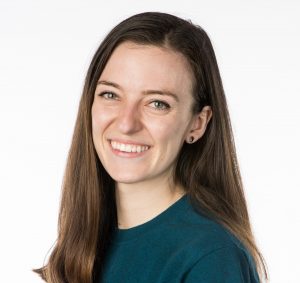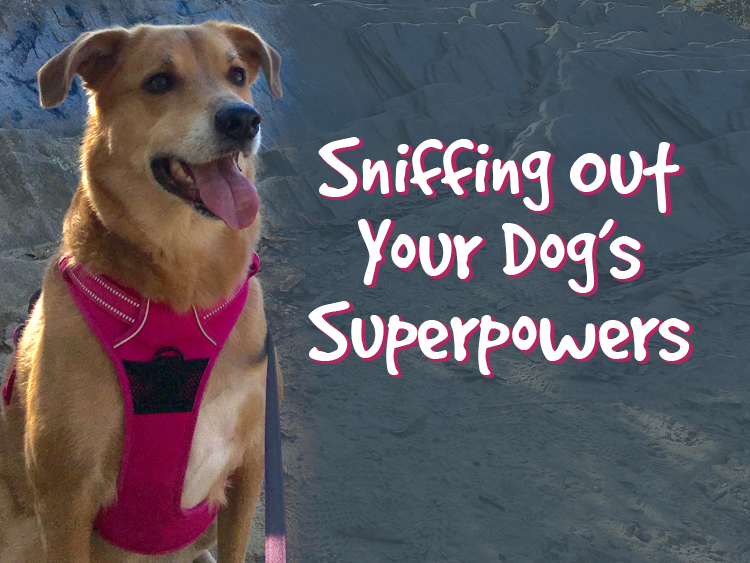Halloween is tomorrow, can you tell we are excited? Halloween is great because there are so many spooky experiments you can try at home to get in the spirit- including these spooky glowing experiments. Can you think of something that glows under blacklight? We have just a few you can find around your house- some of them may surprise you. Watch the full video below to learn more.
Materials to Collect
- Black light
- Tonic water
- Laundry detergent
- Paint brushes
- Highlighter markers
- Empty 2 Liter (or 1 liter) bottles
Try it!
Luminescent Liquids
- Pour some tonic water in a clear glass. Turn on the black light and turn off all other lights. What do you see?
- Add some other ingredients to make a spooky, fluorescent drink!
Spooky Paint
- Purchase a commercial liquid laundry detergent containing a whitening agent. Avoid using “gentle” detergents designed for delicate fabrics, as these do not contain the necessary ingredients and will not produce a glowing effect under a blacklight.
- Paint the undiluted detergent with a brush or sponge onto nonporous surfaces such as plastic, glass and tile. You could also use a disposable surface such as a poster board. Create designs, words, shapes and pictures that will glow under the blacklight.
- Turn on the black light and turn off all other lights.
Glowing Bottles
- Fill an empty 1 or 2 liter plastic bottle with water.
- Break open a highlighter marker and carefully put the inside felt part in the water.
- Cap the bottle and watch it fluoresce under the black light!
- Add fun labels! We called ours ‘Zombie Juice.”
What is the Science?
Our eyes can see visible light in a spectrum ranging from red through orange, yellow, green, blue and violet. Black lights emit a little bit of violet light which gives the black light its signature purple glow. Above violet on our spectrum is ultraviolet light, which we cannot see. In addition to violet visible light, black light bulbs produce UVA light (as opposed to UVB light, which is much more harmful).
We can’t see UV light, but you can feel its effects. If you’ve ever gotten a sunburn – you can thank UV light! Don’t worry though, UVB light is responsible for sunburns, so you won’t need any sunscreen around a black light.
What you see glowing under a black light, whether on a fluorescent poster or an invisible hand stamp or a newly washed white T-shirt, are phosphors. A phosphor is any substance that can absorb UV light, convert its energy, and emit that energy as visible light. That visible light being emitted is the glowing you see!
Ask Your Young Scientists
- What do you notice about all the things that glow under a black light?
- What other things glow under a blacklight? Which do not glow?
- Try different foods under the blacklight, which ones glow?
More to Explore
- Add a few drops of bleach to the tonic water. What happens?
- Make Jell-O with tonic water instead of regular water for glowing Jell-O!
- Add some of the water/highlighter solution to bubble solution to make glowing bubbles!
- Go to https://www.thoughtco.com/black-light-projects-607639 for more cool blacklight ideas!
This content was made possible in part by the Institute of Museum and Library Services.
We want to see what you try at home. Share your experiments with us on social media by using the #ScienceAtPlay and tagging @CTScienceCenter.

Andrew Fotta is a STEM educator at the Connecticut Science Center. He has currently holds a CT teaching certification for grades K-6, and has spent time in the classroom in nearly all grades, and taught middle school science. In addition to teaching classes for the Science Center, Andrew is also part of a team of educators currently creating new programs aligned with the new Next Generation Science Standards for grades PreK-9. Andrew is an avid photographer, who enjoys blending science and art in his work.

Aoife Ryle is a STEM Educator at the Connecticut Science Center. In addition to working with school groups, she works with our Teen Program, Overnights department, and shoots weekly science segments for WFSB. She has a degree in Bioengineering from the University of Maine and has a personal interest in the life sciences and engineering which makes bioengineering a perfect crossover.



